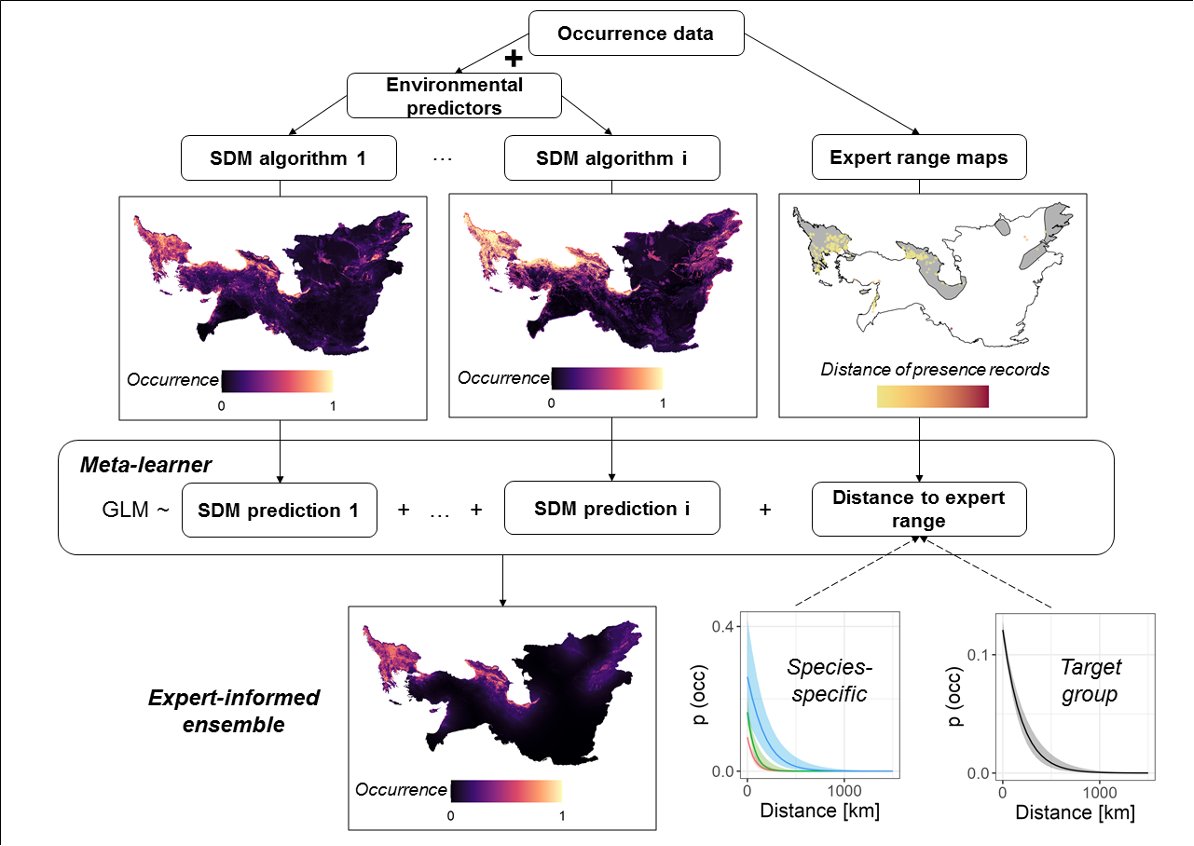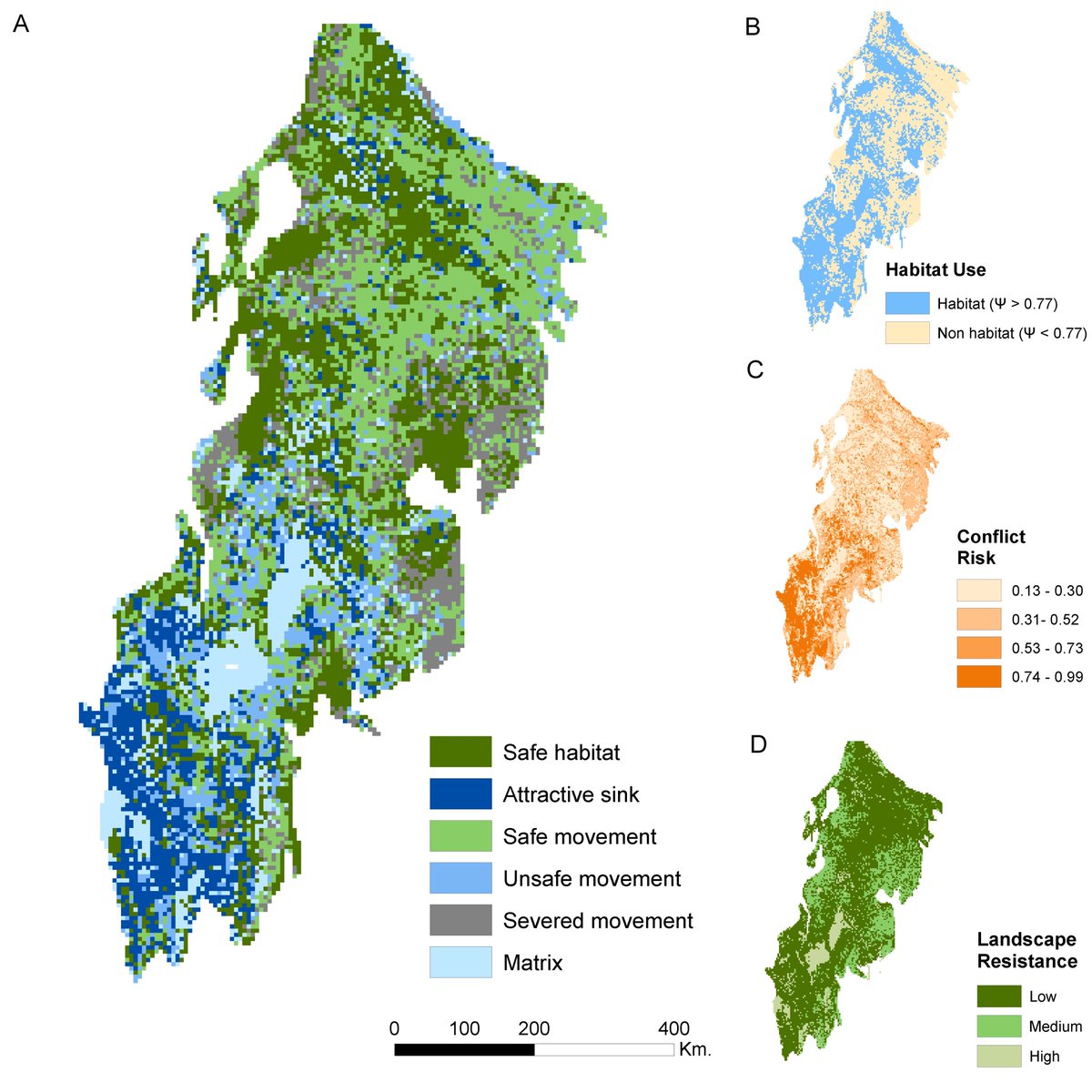
Biogeography Berlin
@BiogeoBerlin
Followers
2K
Following
577
Statuses
2K
Leaving X due to rising hate speech & misinformation. Join us on https://t.co/woQi90K5Nt for updates and interactions. 🌱🔬
Humboldt University, Berlin
Joined September 2013
· Protected areas in the Caucasus are ineffective in preventing rangeland degradation · @ArashGhoddousi, @kelewinska, @TobiasKuemmerle
0
0
3
🚨 New paper 🚨 Links between deforestation, conservation areas, and conservation funding in major deforestation regions of South America With @SiyuQ , @ABuchadas , @ArashGhoddousi , Matthias Baumann, @TobiasKuemmerle & more!
0
8
17
RT @TobiasKuemmerle: Integrating Land System Science and Conservation Science for a better representation of #LandUse in #conservation scie…
0
21
0
🚨 New paper 🚨 The best of two worlds: using stacked generalization for integrating expert range maps in species distribution models. With Julian Oeser, @TobiasKuemmerle and more!
0
3
10
🚨New paper🚨 Where are conflict and coexistence prone areas for pumas and humans in the Argentine Dry Chaco? Check out our recently published paper! With @sofiananni85 , @ArashGhoddousi, @Alf_RomeroM, Jamie, Matthias, Julieta and @TobiasKuemmerle.
0
6
11
Last week, we explored the Romanian Carpathians to deepen our understanding of European bison conservation and grassland biodiversity. 🏞️🌿🦬 #conservation #rewilding #biodiversity
0
4
44









